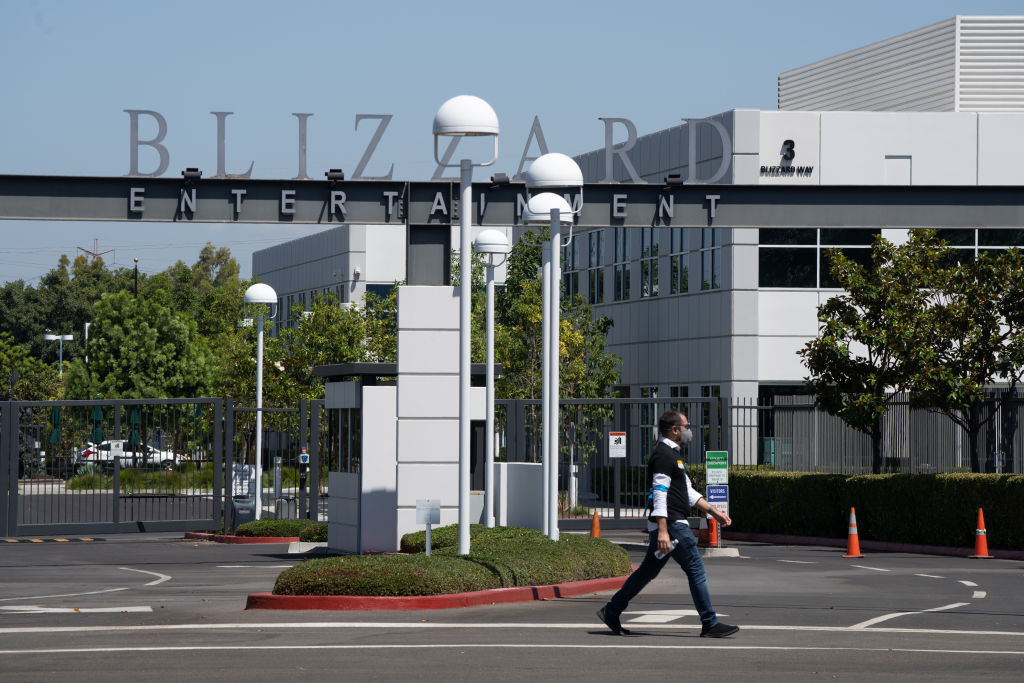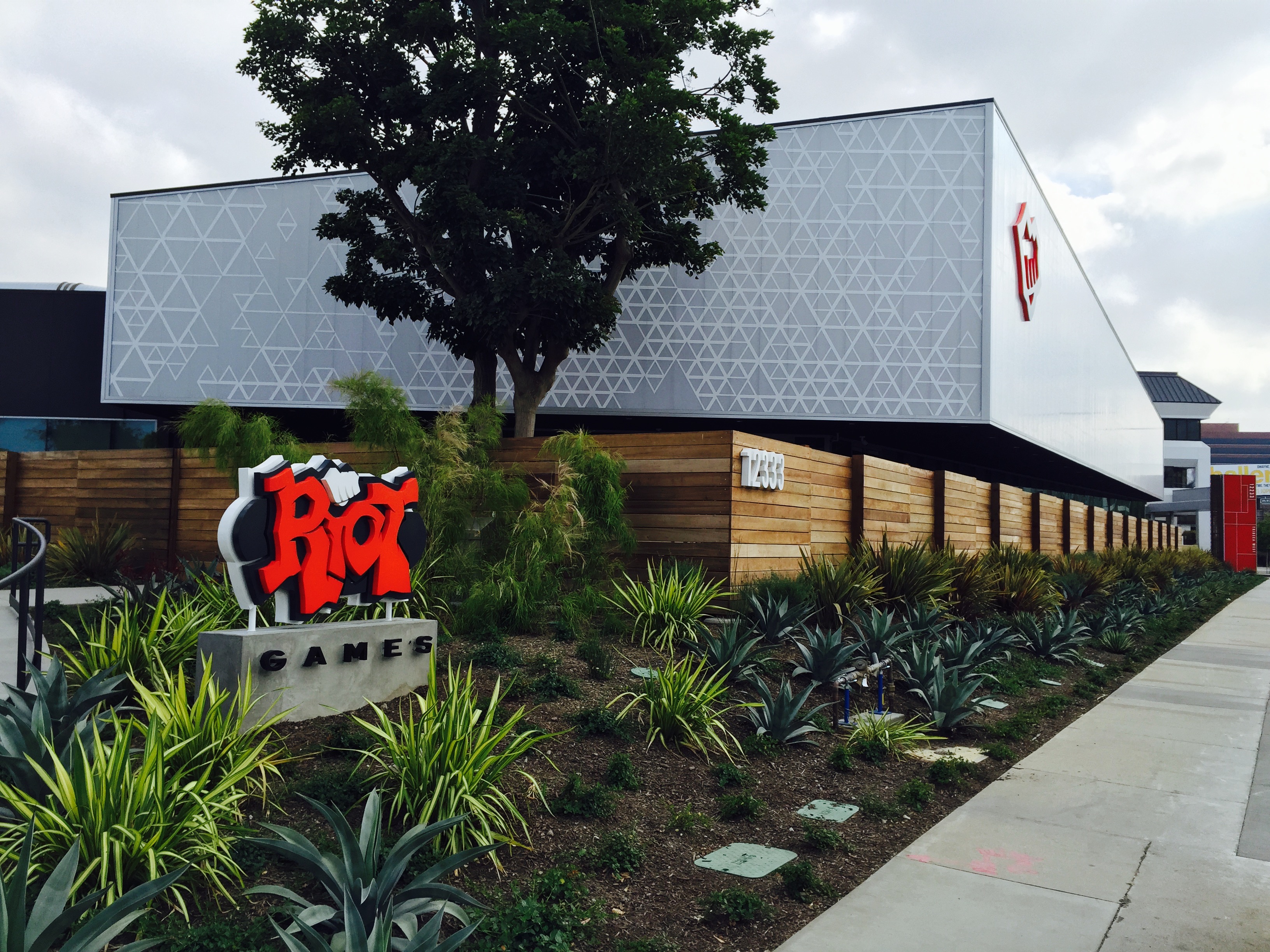Game companies post absurdly broad salary ranges to 'comply' with new pay transparency laws
Salary ranges as broad as $100,000 don't really live up to the transparency these new laws are meant to foster.

Inside a game industry job applicant today there are two wolves: One is tearing shit up in reckless glee because they just got a job offer from Netflix as a videogame graphics programmer earning $600,000 a year. The other is howling in despair for getting the same job offer, but at a salary of only $50,000, which is barely enough to live in your car in Los Angeles. "We rely on market indicators to determine compensation and consider your specific job family, background, skills, and experience to get it right," says Netflix.
I call bullshit.
In an economic study of the entire games industry, from fresh college grads to superstar veterans, that half a million dollar salary range may be accurate. But in the case of this specific job posting, the comically broad $50,000-$600,000 range is Netflix's way of weaseling out of a new California transparency law requiring employers to list salary bands for new hires. While Netflix may technically be complying with the letter of the new law, which went into effect at the start of 2023, it's certainly not following the spirit. And Netflix isn't the only game company posting comically broad salary ranges as a bare minimum act of compliance.
New laws in California, New York City, and Washington state require employers to include expected salaries in job postings, though the wording for each law differs and all three are unfortunately vague. California's requires listing "the salary or hourly wage range that the employer reasonably expects to pay for the position," while New York requires a "good faith salary range." The company doesn't have to prove its salary range is offered in good faith, of course—if someone objects, it's on them to prove a listing was made in bad faith, instead.
The intention of these sorts of transparency laws is to ensure that employees are paid equally for equal work despite differences in race, gender, or background (pay inequality remains an ongoing issue, especially in tech). Most game companies I looked at in all three states have already posted salary bands, though a few haven't (Sucker Punch and Valve, both based in Bellevue, need to update their listings).
In some cases, a broad salary range can make sense—it telegraphs that a game studio is willing to pay a seasoned programmer more in acknowledgement of their experience level. But in most of the games industry job postings I looked at, "broad" is an understatement. The salary minimums and maximums often differed by around $100,000—enough for one person to be making twice as much as a colleague with the same job title and responsibilities.

Take this senior software engineer role on Minecraft based in Redmond, Washington. Microsoft says it's "committed to the principle of pay equity—paying employees equitably for substantially similar work." But the "typical base pay range" it lists for software engineering is $112,000 - $218,400, which doesn't tell job applicants much about how what they'll likely earn. If you're hoping to buy a home in Redmond's King County, where the median price is $760,000, the gap between high and low there could make all the difference.
The biggest gaming news, reviews and hardware deals
Keep up to date with the most important stories and the best deals, as picked by the PC Gamer team.
According to Washington's law, companies need only set a "minimum wage or salary expectation," so that $112,000 isn't even a guaranteed minimum—Microsoft could go lower if it chooses, though that's where competition will theoretically keep offers from dropping too low, and making offers below your suggested salary floor seems like a poor recruiting tactic. But in positions like QA, which often don't offer six figure minimums to begin with, a confusingly broad salary range is an even bigger problem.
Blizzard in particular has been criticized this week for some of its posted salary ranges being dramatically lower than other studios' like Riot and Bungie. But some other Activision studios seem to be even worse: COD studio Sledgehammer lists a QA analyst role that pays $14.19 - $26.22 hourly, which works out to a maximum $50,000 a year for 52 weeks of work (not counting potential overtime). Minimum, that job would pay only $29,515 per year before taxes.
Activision somehow managed to limbo below that pitiful threshold with another QA tester role that pays $11.42 - $21.20 hourly in Los Angeles, or minimum $23,753 a year.
Other studios at least offer livable wages for QA, but still with perplexingly broad pay ranges. Tencent's Lightspeed LA, for example, lists an entry level associate QA tester role paying $67,100 to $134,200.
Riot seems to pay particularly well, with a QA engineer II making between $47.12 and $66.35 base salary in the LA area, aka about $98,000-$133,000 per year. Bungie's salary ranges were the most believable I saw while perusing big studios: a Destiny test lead stands to earn $86,000-$108,000, which strikes me as a realistic, and actually useful, salary range.

Far too many other big studios and publishers, though, seem content to throw out vague pay ranges like $203,000-$283,000 (Riot principal software engineer) or $144,500-$237,200 (Epic director of QA). Despite complying with the new laws by posting salary ranges, many companies are simply listing a typical pay range for a particular job title, another cheap obfuscation tactic. Netflix, for example, lists "the overall market range" for a role, which tells you virtually nothing about how much it will actually pay. Tencent lists a far more helpful and specific "base pay range for this position" at its California studio.
Even if most of the salary ranges are too broad to be particularly useful, I do hope they get people talking more about pay across big game studios. If Blizzard really underpays its QA team, that's going to be harder to hide now. More public information is always better for employees, and not just prospective ones—there are developers at these studios right now who may be seeing this salary range information for the first time and discovering they're making less than their peers.
Now that salary ranges are out there for jobs in California, Washington, and New York, it's conspicuous that the same transparency isn't being offered to candidates applying for positions in other states or internationally. Microsoft could make big waves at any time by instituting public salary ranges at all of its 23 game studios, not just the ones based in California or Washington. Maybe that's too optimistic, but hopefully some public scrutiny of the current overbroad ranges shames at least a few companies into making them more honest and useful.

Wes has been covering games and hardware for more than 10 years, first at tech sites like The Wirecutter and Tested before joining the PC Gamer team in 2014. Wes plays a little bit of everything, but he'll always jump at the chance to cover emulation and Japanese games.
When he's not obsessively optimizing and re-optimizing a tangle of conveyor belts in Satisfactory (it's really becoming a problem), he's probably playing a 20-year-old Final Fantasy or some opaque ASCII roguelike. With a focus on writing and editing features, he seeks out personal stories and in-depth histories from the corners of PC gaming and its niche communities. 50% pizza by volume (deep dish, to be specific).

